Radio Frequency Identification (RFID)
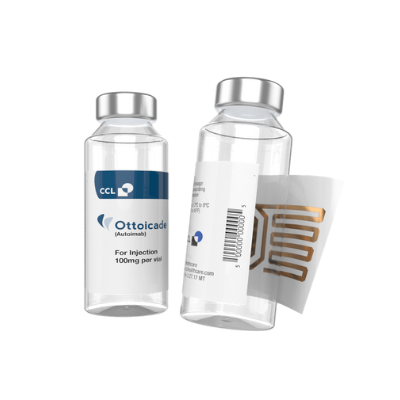
RFID stands for Radio Frequency Identification, a technology that uses a microprocessor chip and an antenna to receive RF energy from a reader and transmit information back to the reader. The chip has a UID (Unique Identifier) embedded into the memory that cannot be changed, making RFID an ideal solution for authentication. The chips on RFID inlays have memory that allows the encoding of important information about the products: such as lot and expiration. Depending on the memory requirement, RFID can be used to store the most basic information to thousands of bits of information.
How Radio Frequency Identification is used on Healthcare

Radio Frequency Identification (RFID) technology has revolutionized the healthcare industry, particularly with the use of RFID labels.
Smart Packaging for Auto Injectors
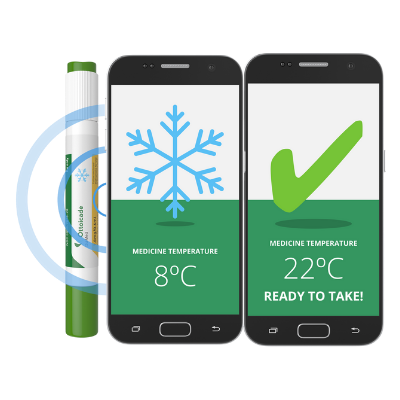
One of the primary benefits of smart packaging on auto-injectors is improved safety. With smart packaging, patients can be assured that they are using the correct medication at the right dosage.
6 reasons RFID-Enabled Labels Will Transform Hospital Pharmacy Automation
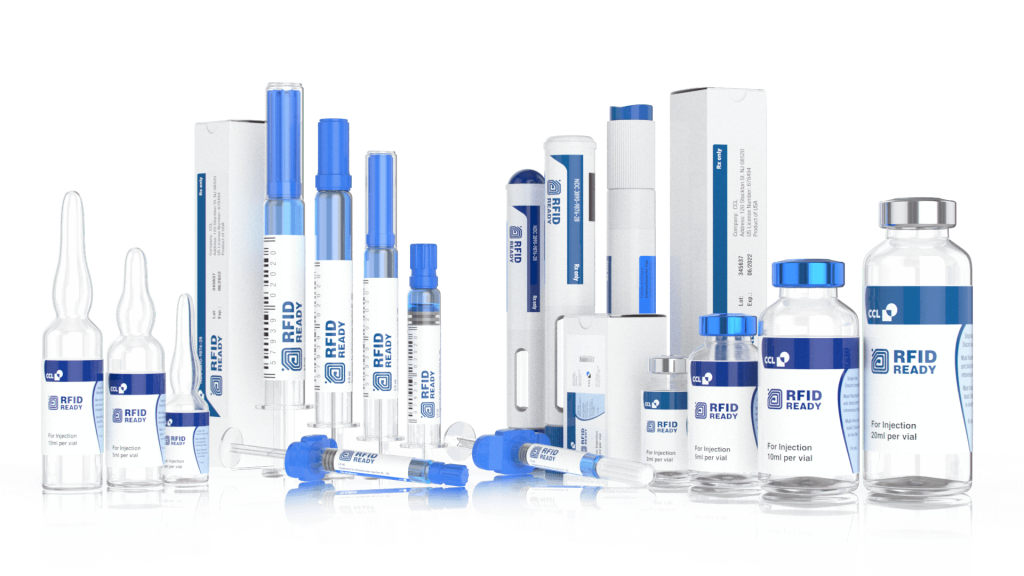
Many hospital administrators are starting to realize that RFID Label technology embedded in pharmaceutical packaging and labels can also enhance their ability to track millions of doses of medications and other drugs. Here are six reasons why RFID pharmaceutical tracking is the next wave of innovation for the healthcare industry.
What is Smart and Intelligent Packaging?
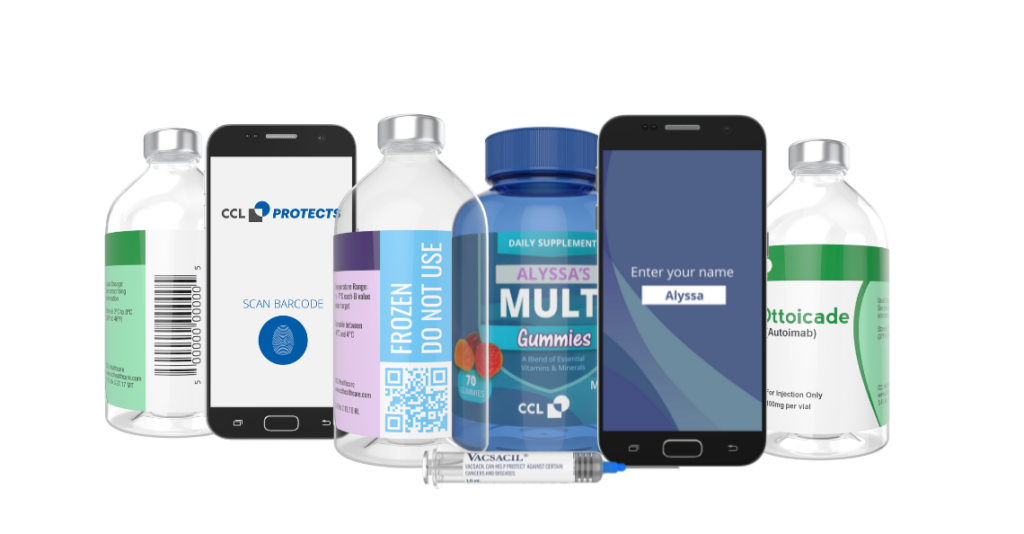
Smart packaging refers to packaging that has been designed to provide additional benefits beyond just containing and protecting the product inside.
What is NFC or Near Field Communication?
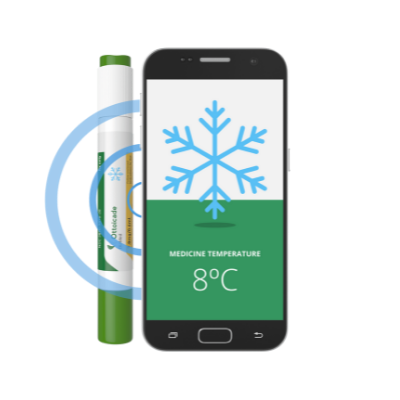
Near Field Communication (NFC) is a wireless communication technology that allows devices to communicate with each other over short distances. NFC is based on RFID technology, which enables communication between two devices when they are placed within a few centimeters of each other.